14 Stories That Prove Kindness Can Turn Regular People Into Heroes

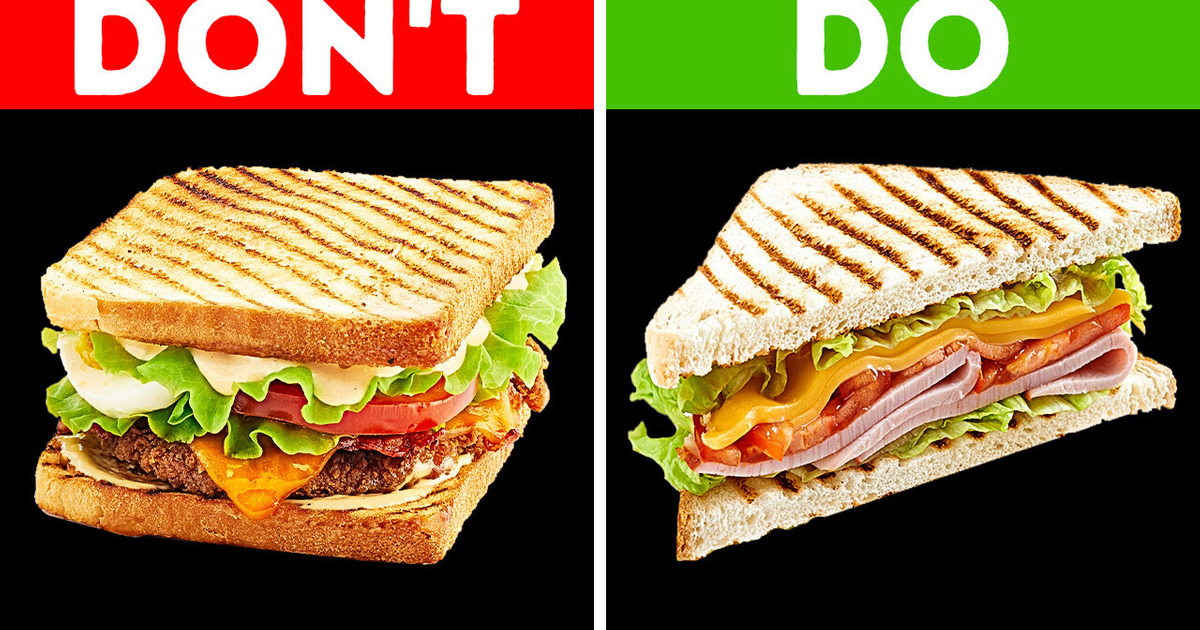
Why do you think right and left matter when it comes to headphones? The sound moves really slowly. The echo is a good example. Try shout at a distant building to hear your voice bouncing back at you with a slight delay. The sounds move slowly enough so the brain can detect the time difference between the sound that arrives at your right and left ear. Even if the difference is minimal, like 10 microseconds. This is something we know as the interaural time difference. If your friend speaks on your right, your brain knows the sound is coming from that side because it takes a little bit longer for the same sound to get to your left ear.
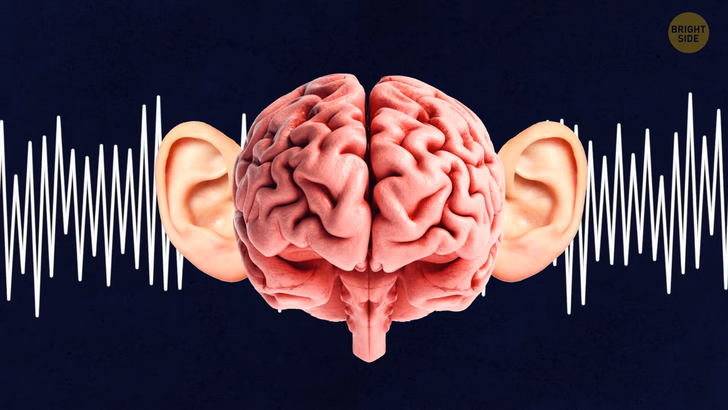
Because of this, stereo music gives the illusion the sound comes from different directions, and headphones boost that illusion as they bring the music directly to your ears. If your earphones are reversed, sounds from the front will sound like they’re coming from the back and vice versa. You won’t see a big difference with mono audio, but with backward stereo sound, watching movies will certainly be a bit disconcerting.
Have you ever wondered how wireless charging worked? Electrons are pretty clever. If you push them along a wire, you get electricity. Coiling that wire gets you a magnetic field which is the reason why electric motors have their push. Power is induced in the second coil when you place the coil close to another with a shared iron core to direct the magnetism — and this is how transformers change voltages. Suppose you pulse electrons through the coil and place the other coil a bit away. In that case, you can put the emitter in a charging pad, whereas receiving antenna is in a phone. Not your phone just needs to be within range for this to work.
There’s a spot where you can take a dive between two continents. It’s Silfra near Iceland, a crack formed between two continents because two tectonic plates constantly pull apart. It’s a geological wonder and a popular spot many adventure seekers put on their bucket lists. In some spots, the space is so narrow you can touch Europe and North America at once.

Giraffes don’t actually sleep only half an hour — it’s just a myth many people still believe. In reality, they spend around 4.5 hours sleeping. And that’s not that unusual for the most active animals during daylight. And giraffes mainly lay down to sleep for shorter periods of time, about 11 minutes at a time.
How come leftover pizza has such a good taste? Just a single night in the fridge gives the pizza some satisfying flavor. It keeps the structure when it’s not hot anymore. The tomato layer doesn’t allow fat in the cheese topping to seep into the dough base. And the temperature of the food we eat also affects our taste perception. Cold food has less intense flavors in general. We have heat-sensitive channels in our bitter and sweet taste receptors. And if the temperature is between 60 to 95 F, they open wide, which sets off a chain reaction and sends strong signals to our brain. And if the temperatures are lower, these channels will barely open, which means signals will also weaken. The temperature doesn’t affect sour and salty taste receptors, so cold pizza can seem saltier and tastier.
One more for foodies — did you know a couple of studies have confirmed triangular sandwiches taste better than those with a rectangular shape? It looks like triangles give us more sandwich filling per single bite. A triangular sandwich has two 45° corners. This way, you can bite further towards the middle in just two first bites. And the center often contains more filling. And right after that, there’s an ideal, crustless third bite since you cover the space left in the middle. This one got me hungry.
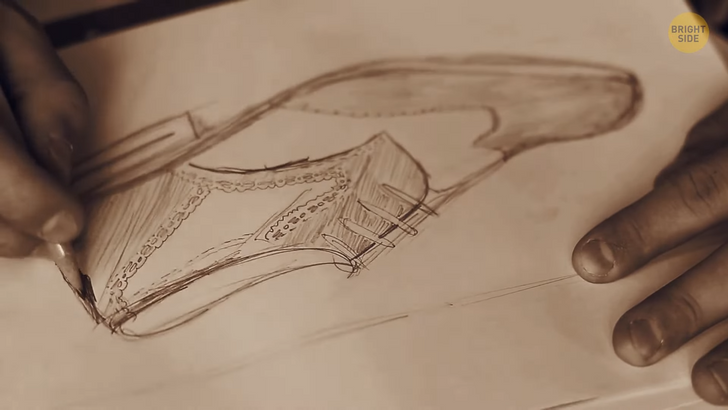
Shoes designed back in the late 14th and early 15th centuries could be up to 2 feet long. People used to wear pointed shoes, especially in the 12th century. And a couple of centuries later, they remained popular but eventually became longer. Manufacturers filled the toes of these shoes with hair, moss, wool, or even grass.
A narwhal tusk is not a tusk but an “inside out” tooth. These creatures are in the category of whales. And unlike most other whales, they have a large tusk — or better yet, a tooth — nearly like some sort of skin because it has so many sensory nerve endings.
Wind on Mars is audible, which means you can hear it. With sensors on the NASA InSight lander on the Martian surface, researchers got the first recorded sounds of winds on Mars through vibrations. But even though the sound of Martian winds is at a decibel within human range, you’d still need the help of some bass-heavy headphones for this.
The world’s record for the longest breath someone held underwater is about 24 minutes. Without training, an average human could probably stay around 90 seconds underwater before going out to take a breath. But in 2016, a professional, free diver Aleix Segura Vendrell managed to set the insane record for breath-holding.
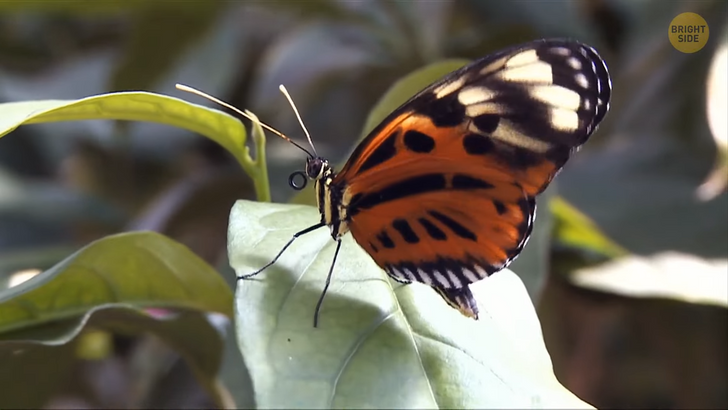
Did you know butterflies don’t taste their food the way we do, but with their feet? When a butterfly comes to a plant where they want to eat, they use the sensors on their feet to tell if the plant they’re standing on is edible. And the receptors they have on their legs are 200 times stronger than our taste buds.
In a similar way we use fingerprints, you can identify lions through their whisker patterns. Each of us has unique fingerprints. In the same way, lions have a whisker pattern that is unique to their nose.
If you’re unsure if the eggs in your fridge are old or fresh, just fill the bowl with water and place them inside. If they float, they’re old. And if they sink, it means you have fresh eggs, so you’re good to go.
Although many people still believe it, when you touch a butterfly’s wing, the animal won’t lose its ability to fly. Not that you should try to do it, but even if you accidentally do, a butterfly will still be fine. There are scales on their wings. If you touch them, some of them could shed off. But that’s what happens naturally, too, not just when they scratch something with their wings. It can help them in difficult citations, for example, when trying to escape from spiderwebs.
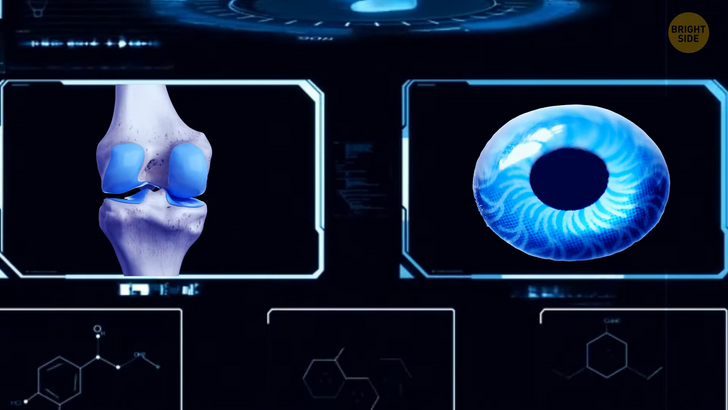
Two parts of the human body don’t have blood vessels — cartilage and the cornea. And the cornea covers the pupil and some other parts of your eye.
How come our skin becomes wrinkly after some time in the water? Even after 5 to 10 minutes in the bathtub, you can notice small wrinkles forming on your feet and hands. And this is probably our body’s way of getting a grip in slippery conditions. And the interesting thing is that our skin wrinkles similarly to the shape of river drainage systems.
Although some cat owners hope for different, most of the time, cats don’t respond when hearing their name is not because they don’t recognize it but because they don’t feel like responding. These foxy creatures mostly do what they prefer at that moment, so they’ll stop ignoring you when they think they’re supposed to.
Speaking of our cute purring pets, why do you think many domestic cats have white paws? During the whole process of their domestication — which started about 10,000 years ago, people bred together the tamest moggies to get friendlier animals. And one of the consequences of that is white flashes on paws.
Clouds certainly look all fluffy and light, but in reality, they’re really heavy. The average cumulus cloud — that nice, white one you see on a sunny day — has a weight of incredible 1.1 million pounds.











